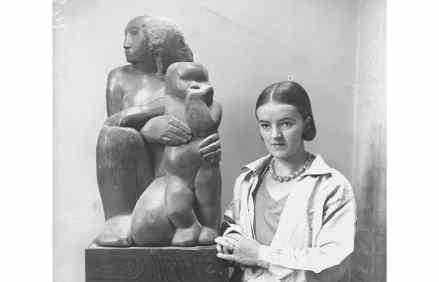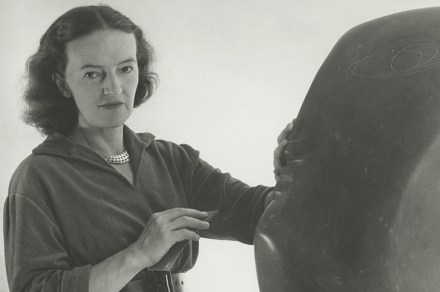The well of happiness – and despair: Queer St Ives reviewed
In the winter of 1952 the 21-year-old sculptor John Milne travelled to St Ives in Cornwall to take up a temporary job as an assistant to Barbara Hepworth. The arrangement was that he would become her pupil in exchange for helping her in the studio, but he was subsequently paid a small salary and ended up staying in her employ for two years. By this time, Milne had decided to settle in the town, which had become a thriving modernist artists’ colony, and in 1956 he acquired Trewyn House, a three-storey Victorian property next door to Hepworth’s studio. The reason a working-class boy from Eccles could afford so substantial a



